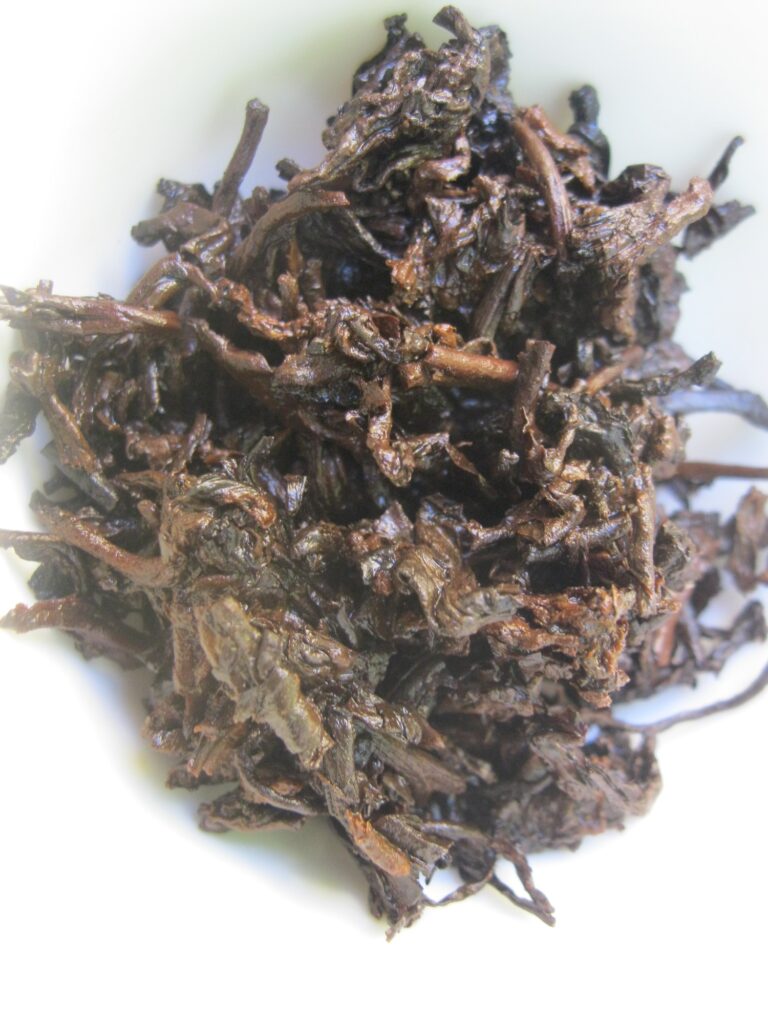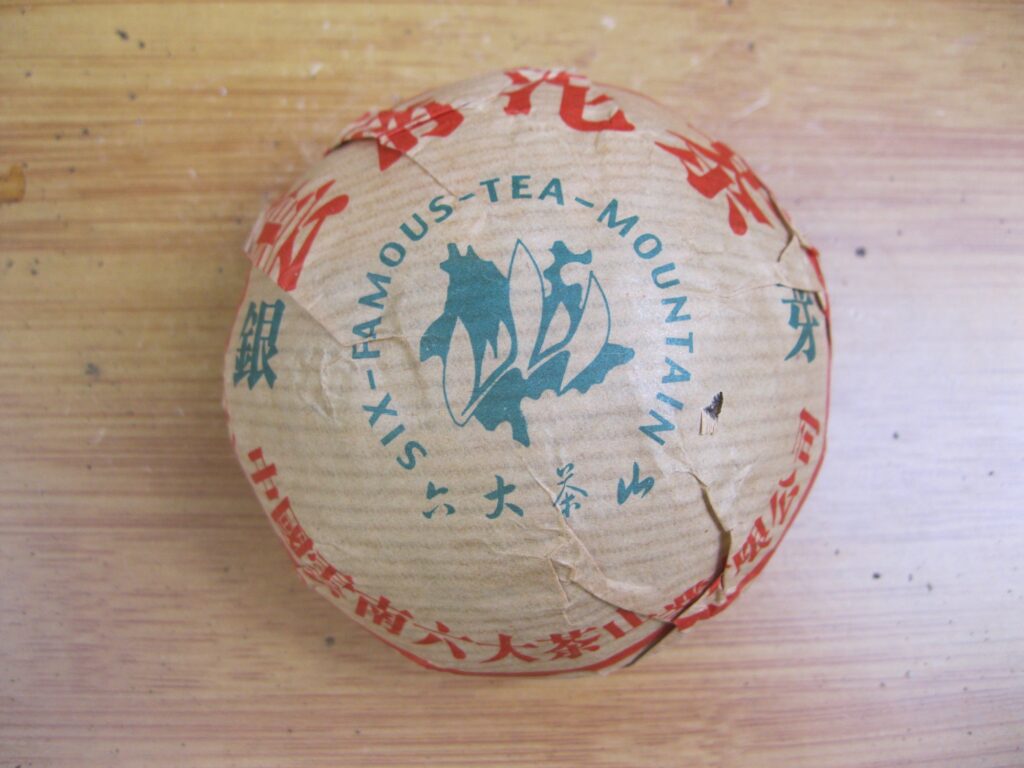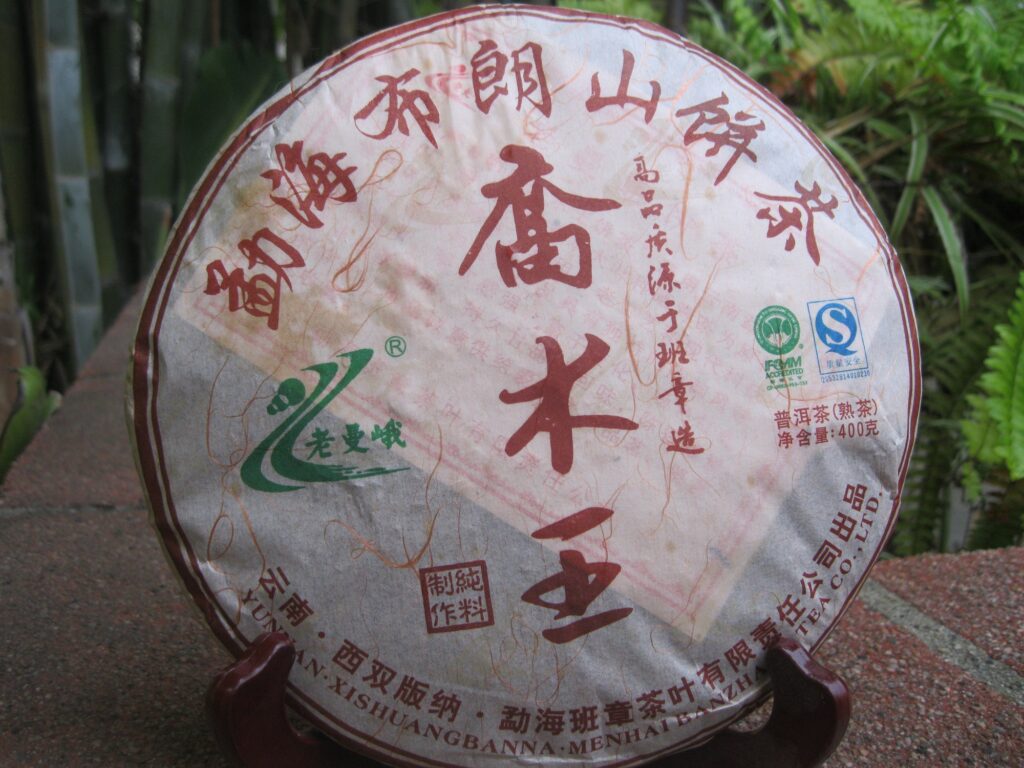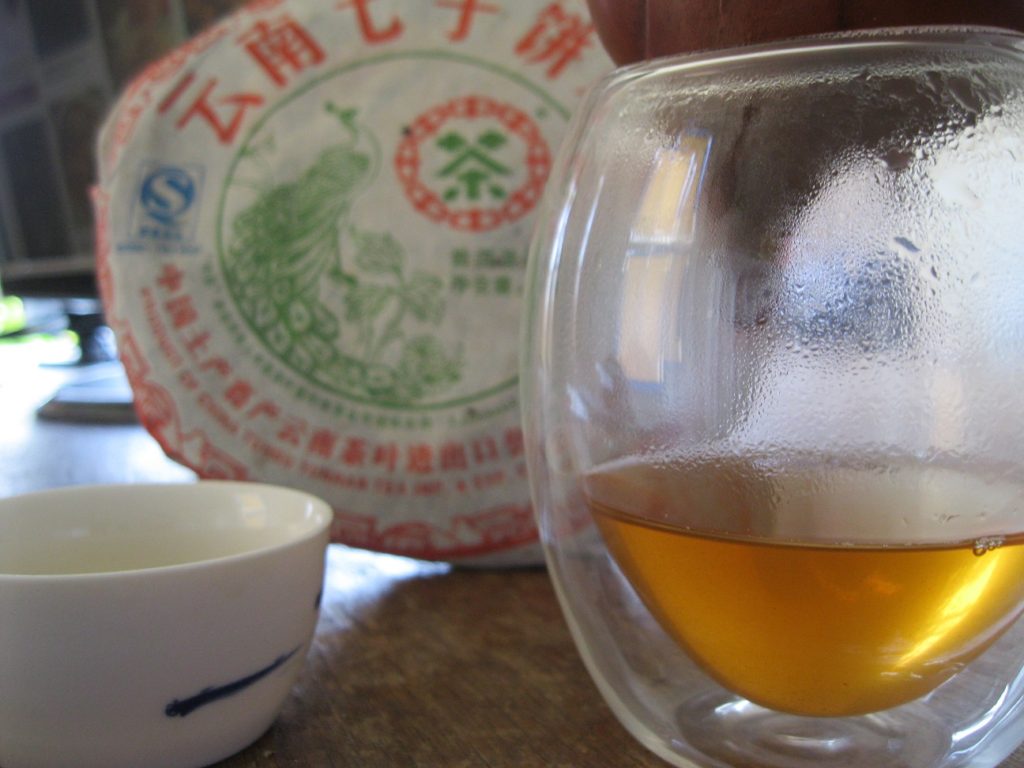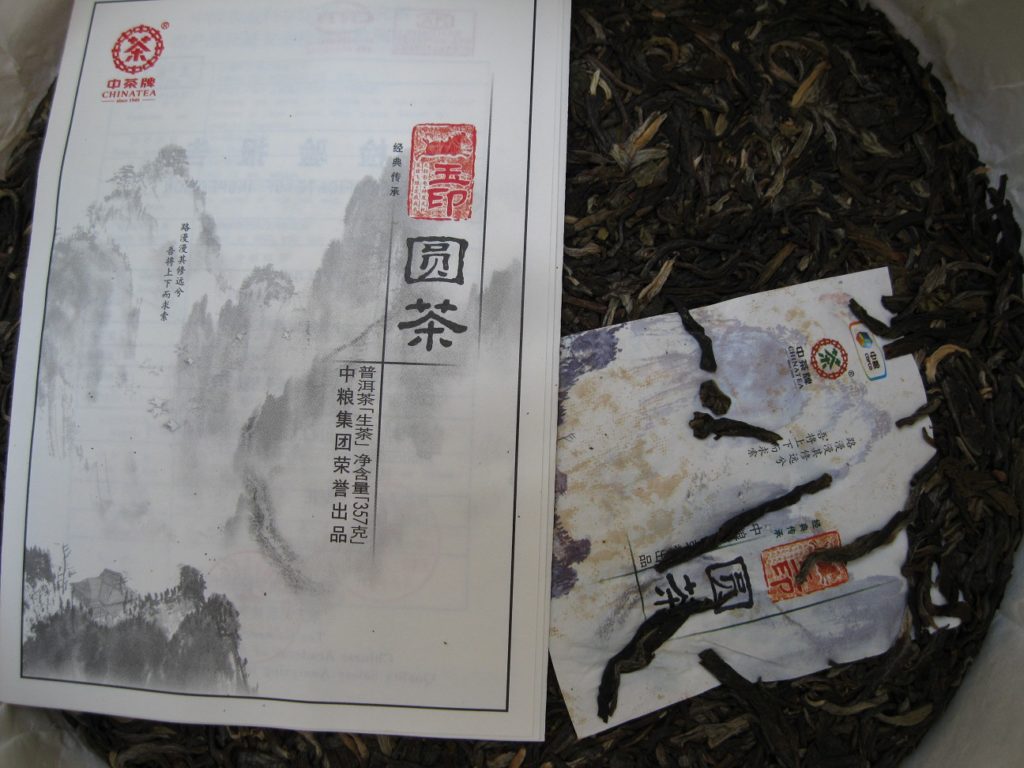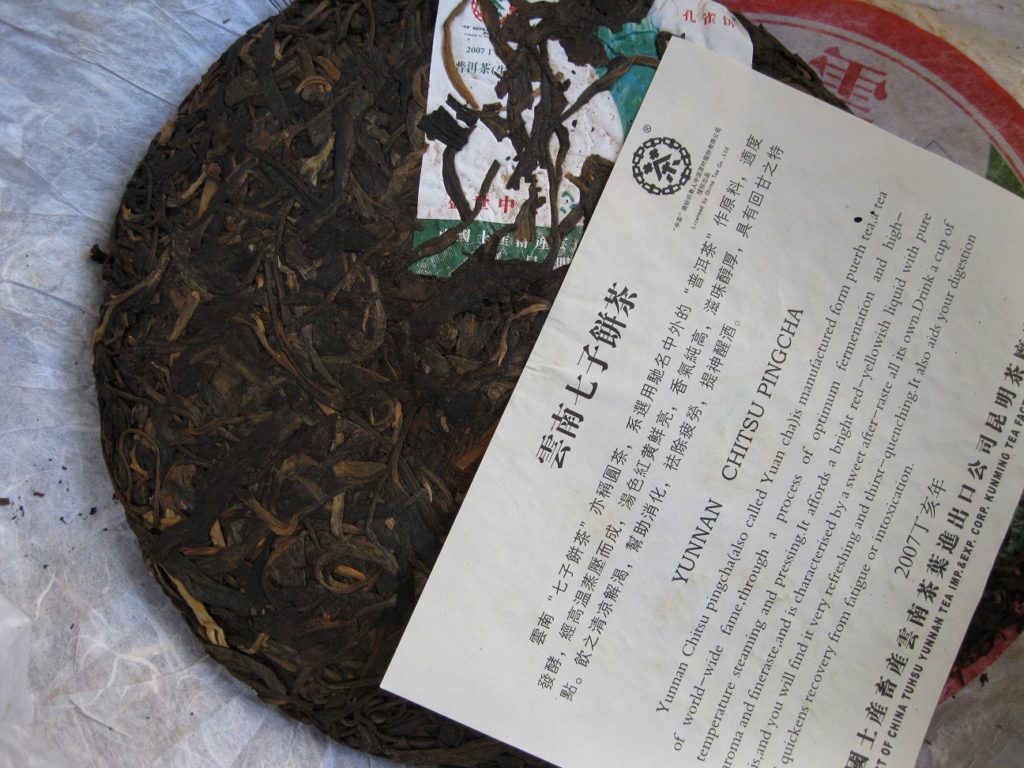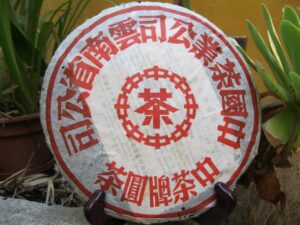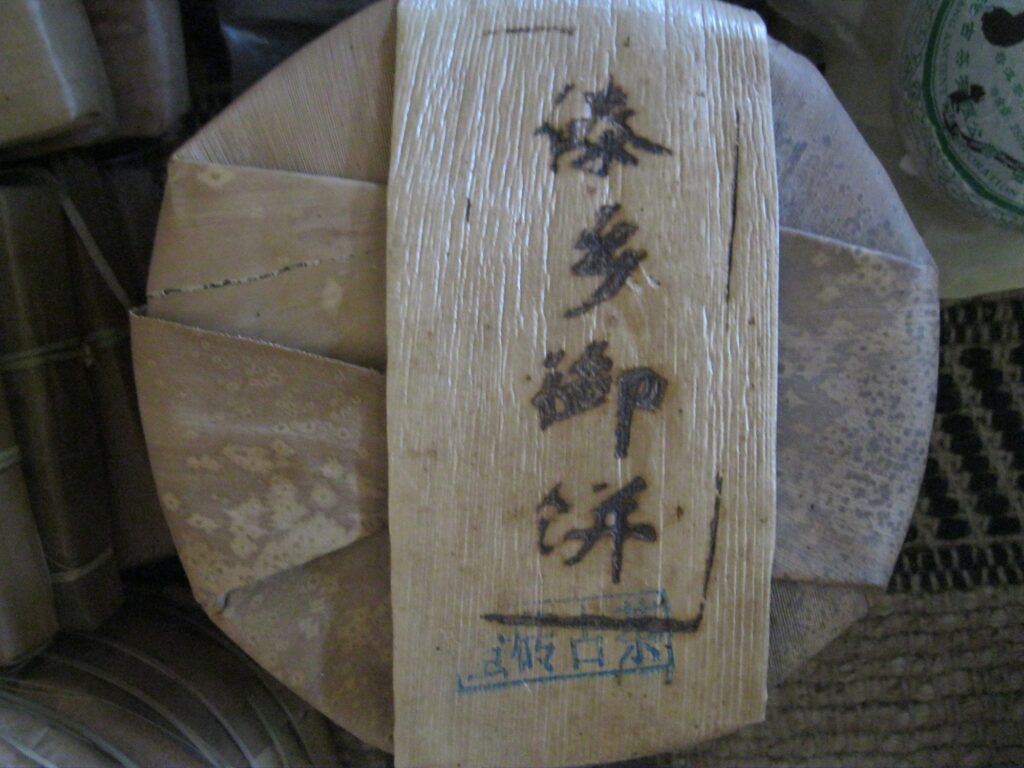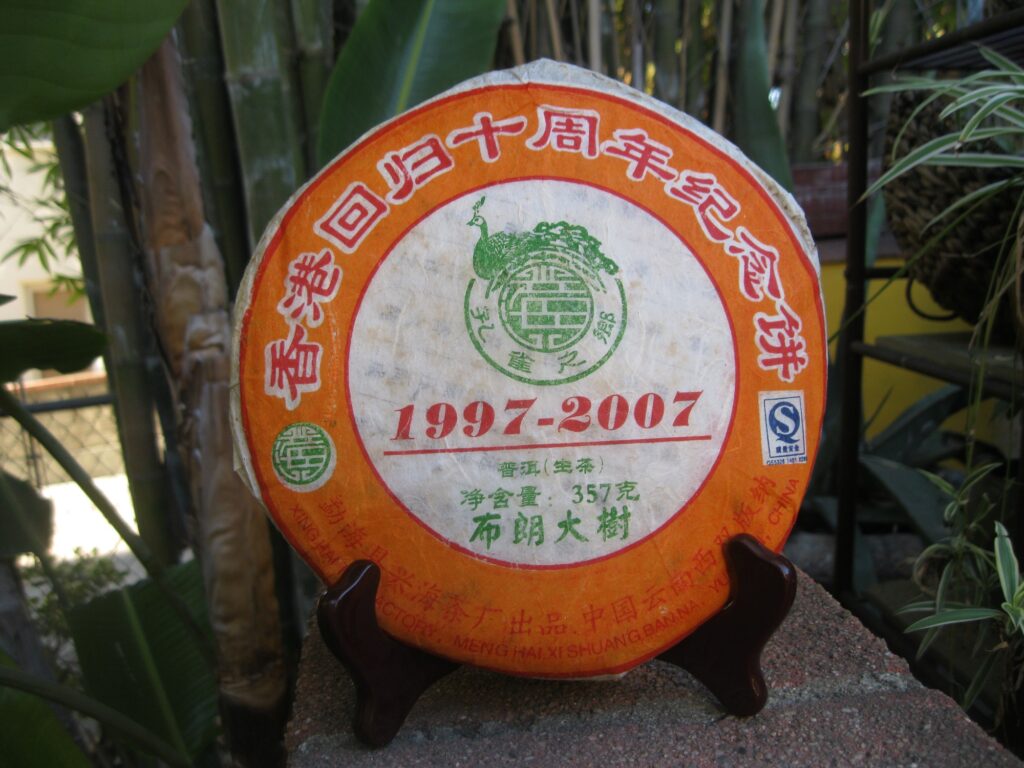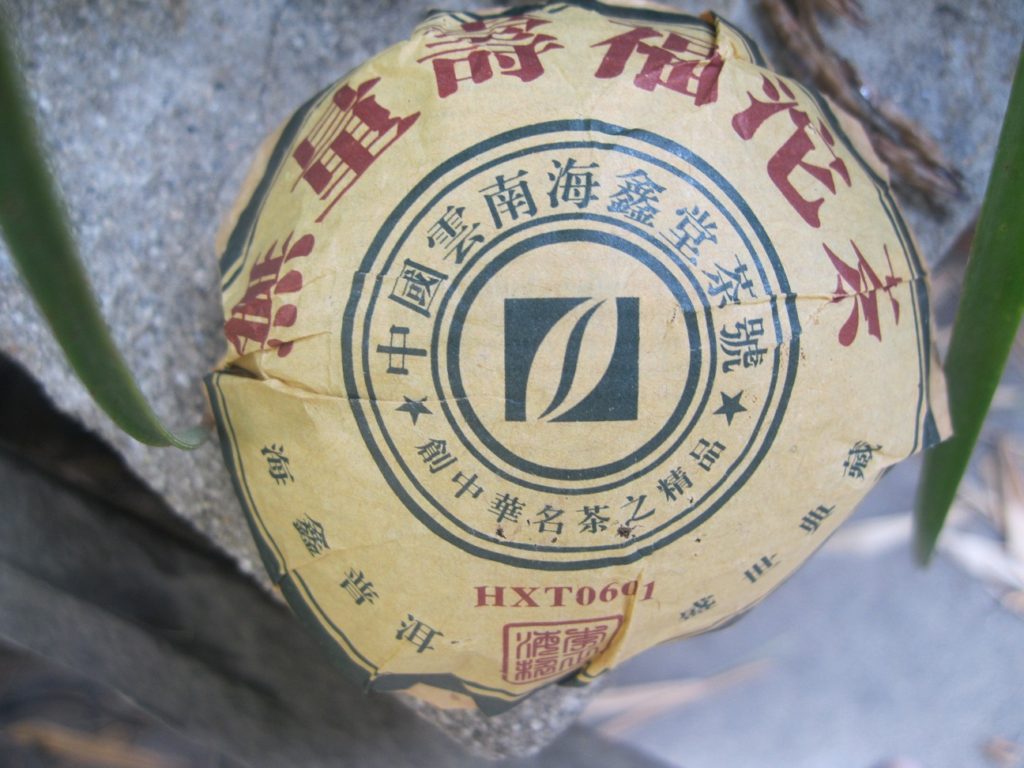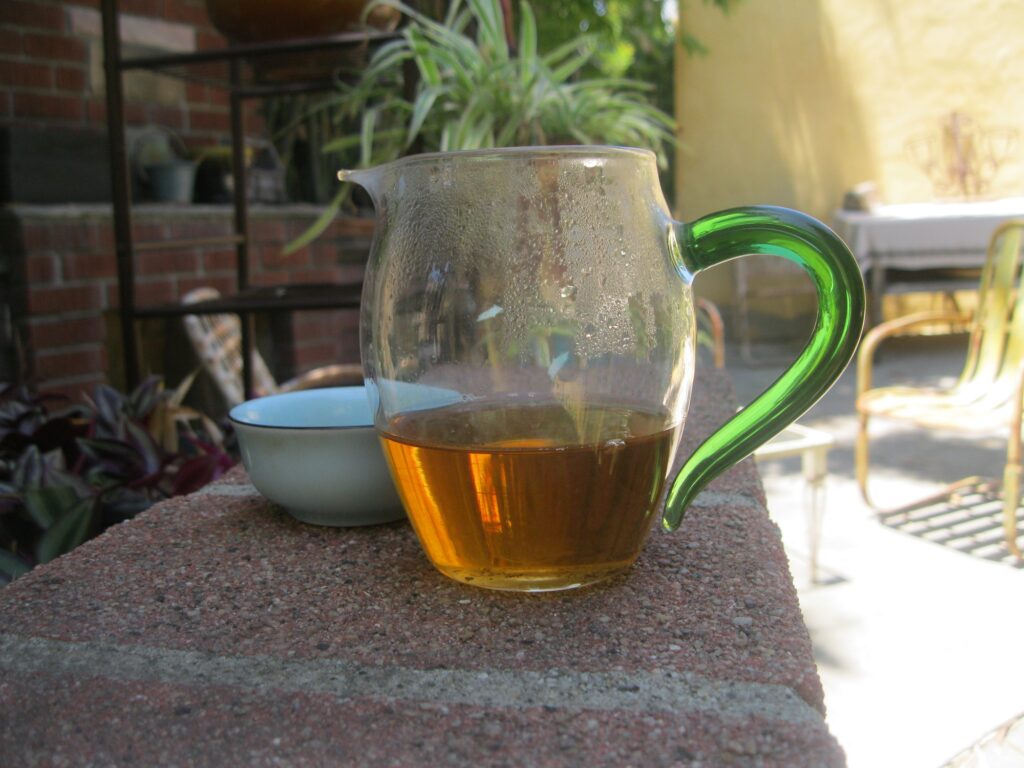Puerh Junky Visits Sweet Richness
Puerh Junky Visits Sweet Richness finds our “hero” making strange contortions with his mouth. He’s drinking ’10 Sweet Richness, YPH. Summer ’23 is upon us and many productions in The Collection are reaching their yearly peak, like those tiger lilies and roses that make their yearly performance. But what gives with the Puerh Junky’s own dancing-mouth performance?
In previous sessions during the dry season, Sweet Richness received infusions of a heavier hand. This gives rise to an imposingly bitter brew, but not in a sense that it had been over brewed. The presumption that the dryness perhaps necessitated more umph informed the move. This summer session in which the leaves were fairly separated invited a different approach. No doubt maturation plays a role, but the summer humidity makes a considerably favorable impact.
After a quick rinse and rest of seven minutes, infusion one received five seconds. Light marshmallow, a note previously undetected. The aroma expressed a vaguely chocolate, moist humus character. This humidity is not front-and-center like where the 55 is now or Xinghai’s 7262 and Fujin’s BZ Ripe King have been.
The second and third infusions of about 10s excelled at mouthfeel and sweetness, demonstrating high-quality material. Most ripe puerhs land on the tongue, which is to say there’s varying degrees of a silt-deposition effect in the mouth. These infusions jump-slicked. I cannot recall ever having this happen with a ripe. It’s as if the huigan begins the instant it hits the mouth. “Jump-slick” would stand in contrast to “coat”, as in coating the mouth. Thus, the sweet effect and mouthfeel weren’t cloying. In fact, the speed and strength of salivation come quickly and strong. Again, can’t recall this type of action with a ripe.
Infusion four? Probably the best, also about 10-15s. There was some drop off with five, so true to form six got over brewed. Regarding six, the traditional bitterness associated with ole SW appeared. Cereal and vegetal notes also make their presence known.
Images here.

